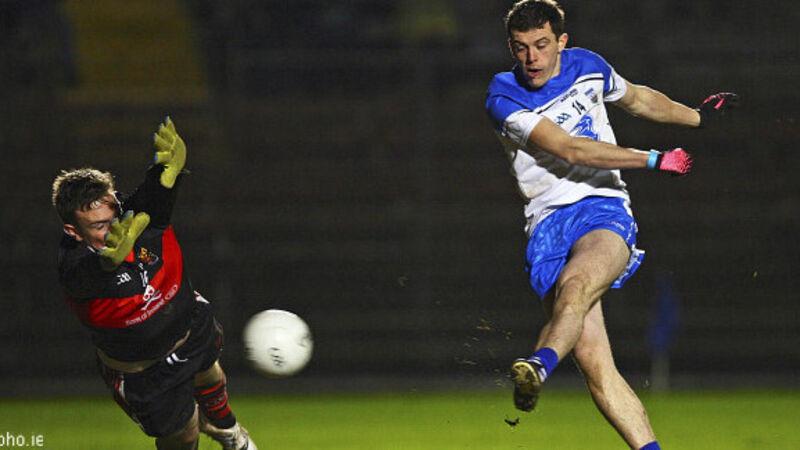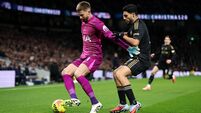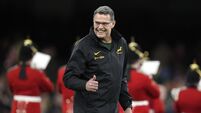The importance of eating right in modern sport

They discovered McDonald’s burger boxes, biscuit wrappers and empty fizzy drink bottles as a result.
No wonder companies like Nutritics do so well: that’s a nutrition analytics business which analyses what people are eating, at a basic level, and make recommendations to optimise performance, and so forth.












